Group Instruments
Ercal Group Instruments

BD Accuri C6 Flow Cytometer
This instrument is equipped with a blue and red laser, two light scatter detectors, and four fluorescence detectors with optical filters optimized for the detection of FITC, PE, PerCP, and APC. The BD Accuri C6 simplifies the detection of fluorescently tagged genes incorporated into cells. It can also measure the effects of gene knockdown when RNA interference (RNAi) is used to reduce gene expression. Applications include, but are not limited to the following: immunophenotyping, apoptosis, cell cycle, microbial counting, and intracellular cytokines.
Contact: Dr. Nuran Ercal, nercal@mst.edu
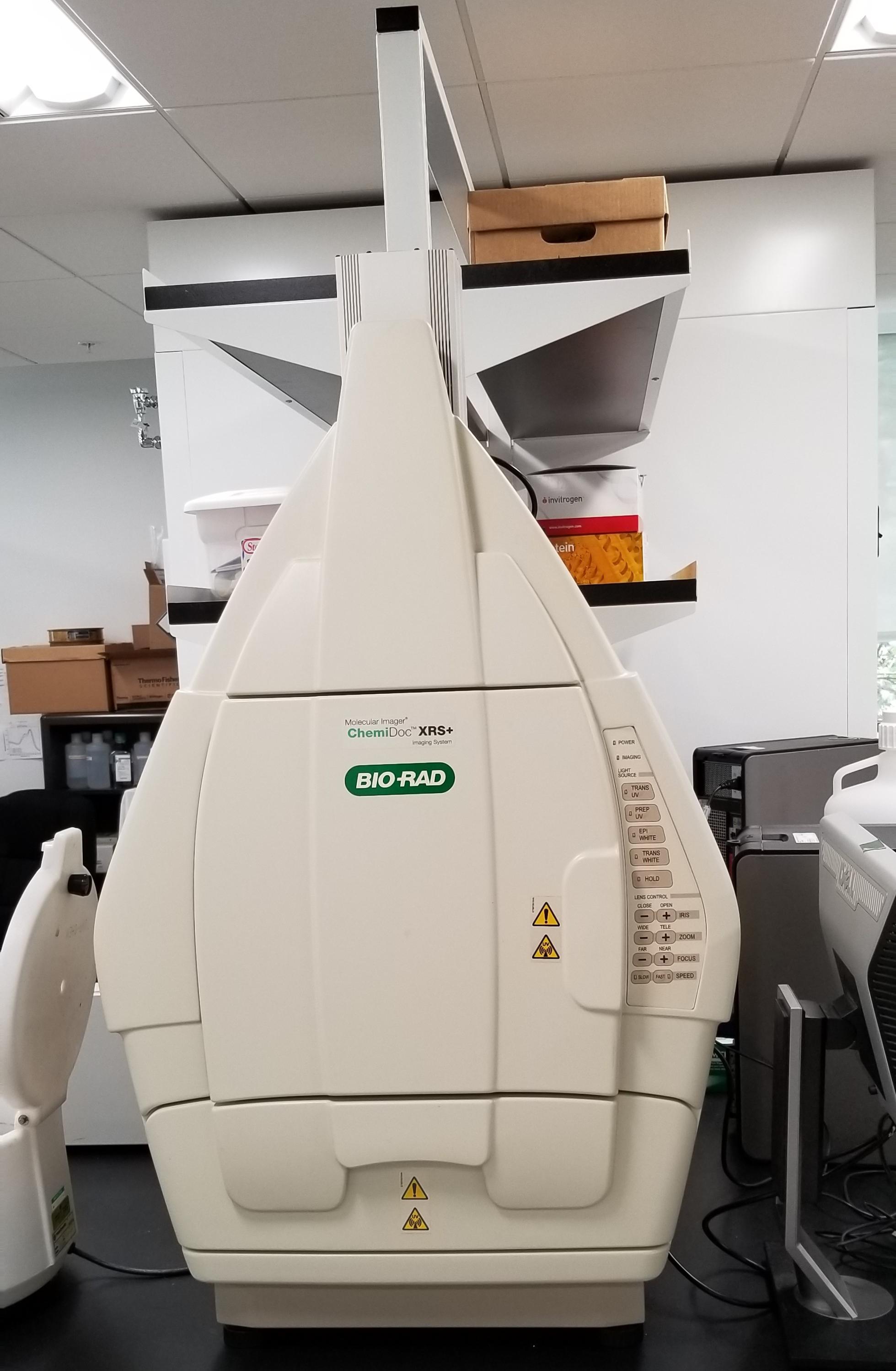
Bio-Rad ChemiDoc XRS+
The ChemiDoc XRS+ system is based on CCD high-resolution, high-sensitivity detection technology and modular options to accommodate a wide range of samples and support multiple detection methods including fluorescence, colorimetry, densitometry, chemiluminescence, and chemifluorescence. The system is an ideal accompaniment to PCR, purification, and electrophoresis systems, enabling image analysis and documentation of restriction digests, amplified nucleic acids, genetic fingerprinting, RFLPs, and protein purification and characterization.
Contact: Dr. Nuran Ercal, nercal@mst.edu
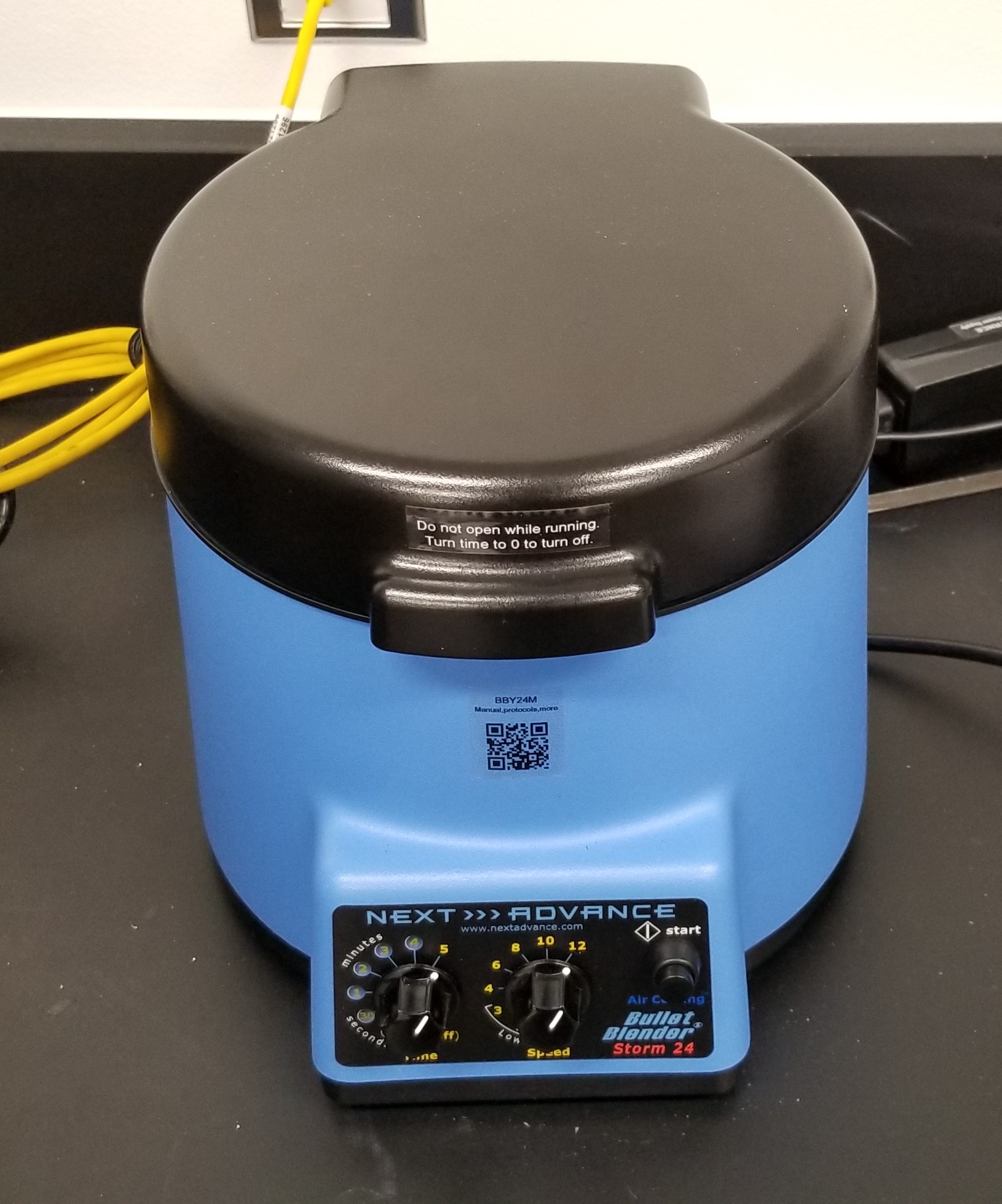
Bullet Blender Storm Tissue Homogenizer
The Bullet Blender® enables you to homogenize, disrupt, or lyse up to 24 tissue or cell culture samples at a time. Load the samples into standard polypropylene tubes, then place them in the Bullet Blender. The "bullets" in the instrument vigorously strike all of the tubes and homogenize your sample in minutes
Contact: Dr. Nuran Ercal, nercal@mst.edu
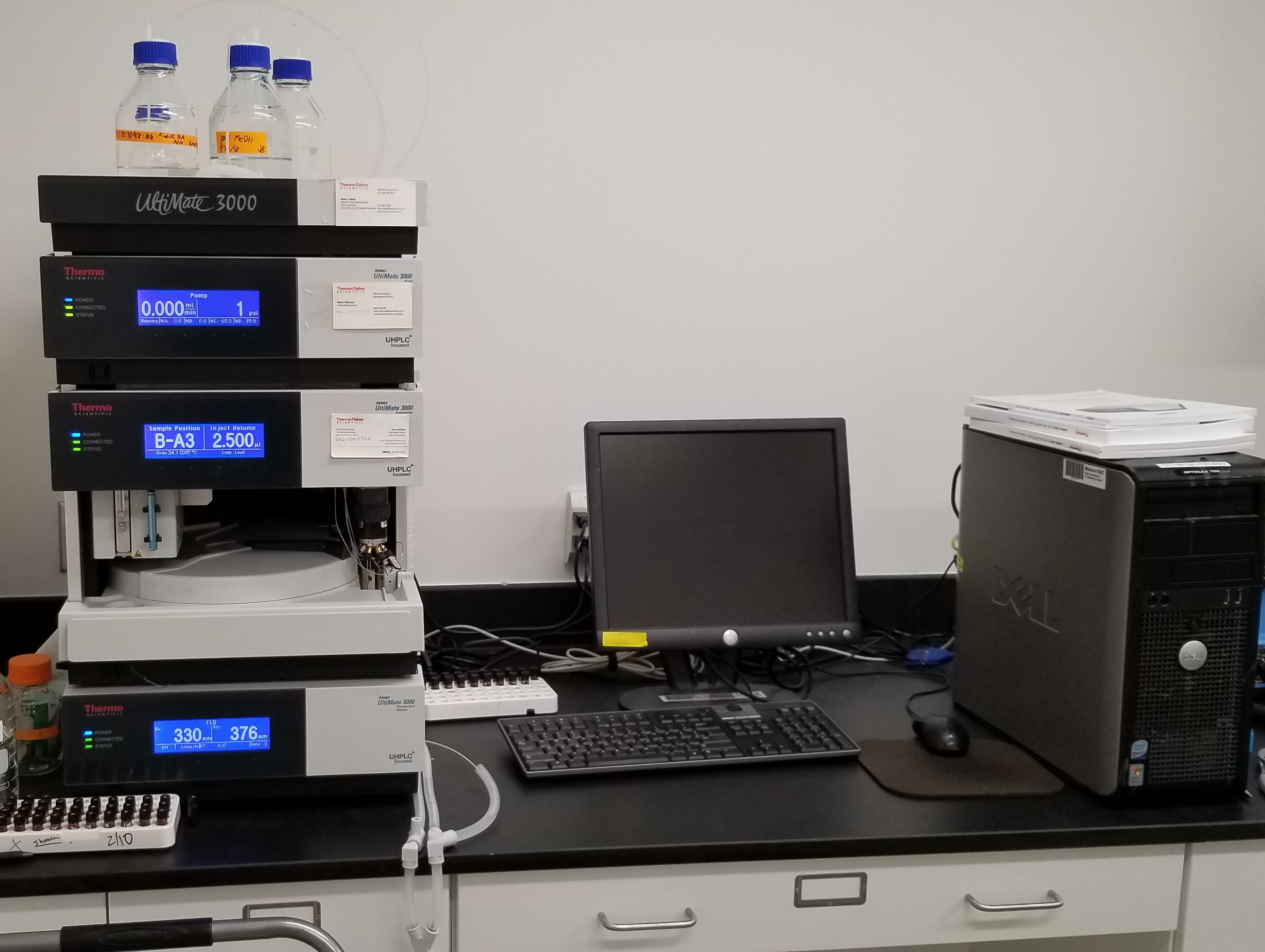
Dionex UltiMate 3000 UHPLC
This instrument is perated with the Thermo Scientific™ Dionex™ Chromeleon™ Chromatography Data System (CDS) software. The detector provides automated qualification, various tools for method development, and instrument wellness monitoring for ease of use, maximum uptime, and the highest degree of regulatory compliance.
Contact: Dr. Nuran Ercal, nercal@mst.edu
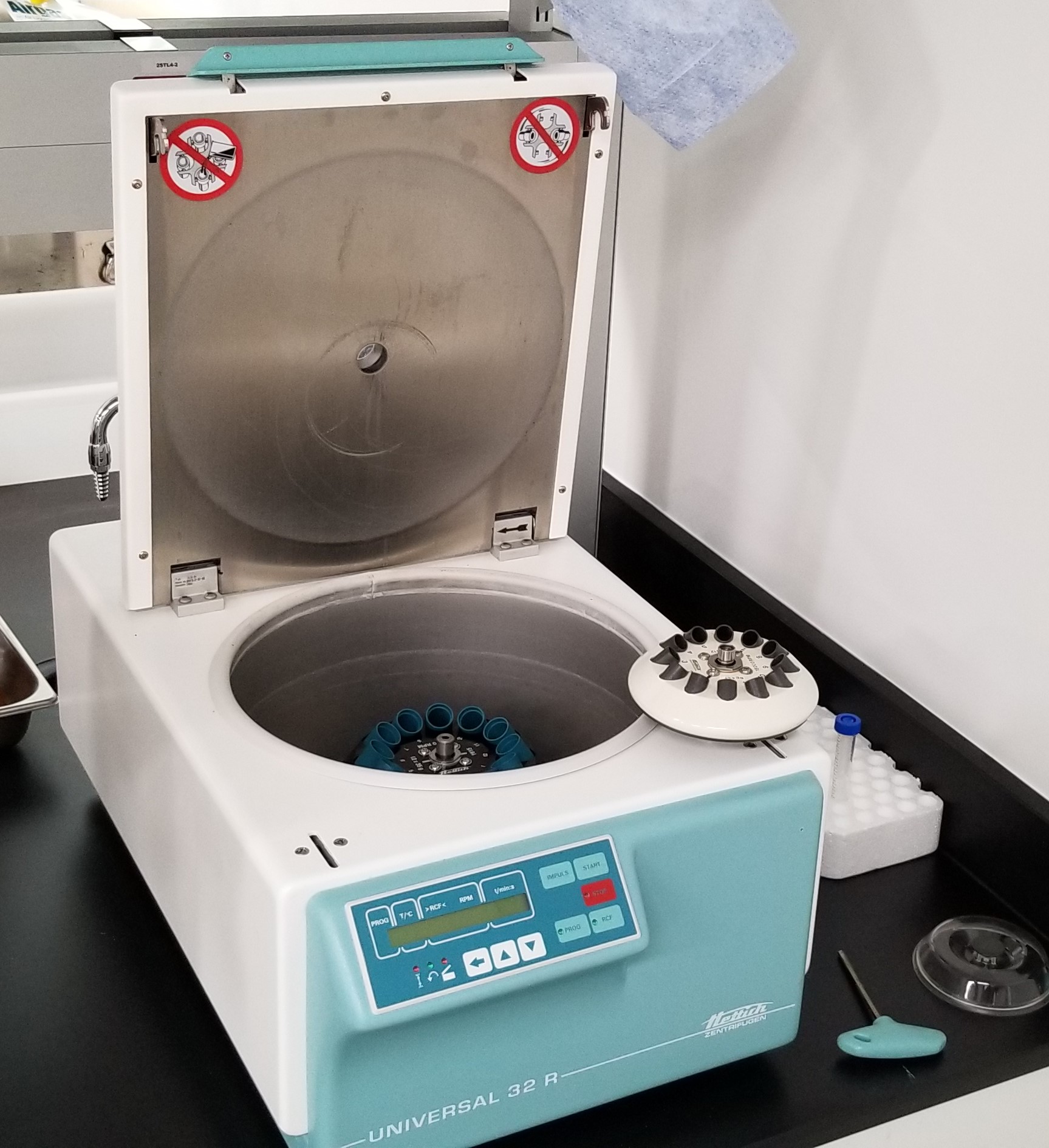
Hettich Universal 32R Centrifuge
This instrument is a centrifuge that helps with the sedimentation of cells, bacteria, yeasts, DNA/RNA and protein precipitates. In the low speed range (max. RCF 4,193) the UNIVERSAL 32/32 R accommodate standard tubes up to a volume of 100 ml, microtitre plates, Falcon®* tubes, blood collection tubes and cyto accessories.
Contact: Dr. Nuran Ercal, nercal@mst.edu
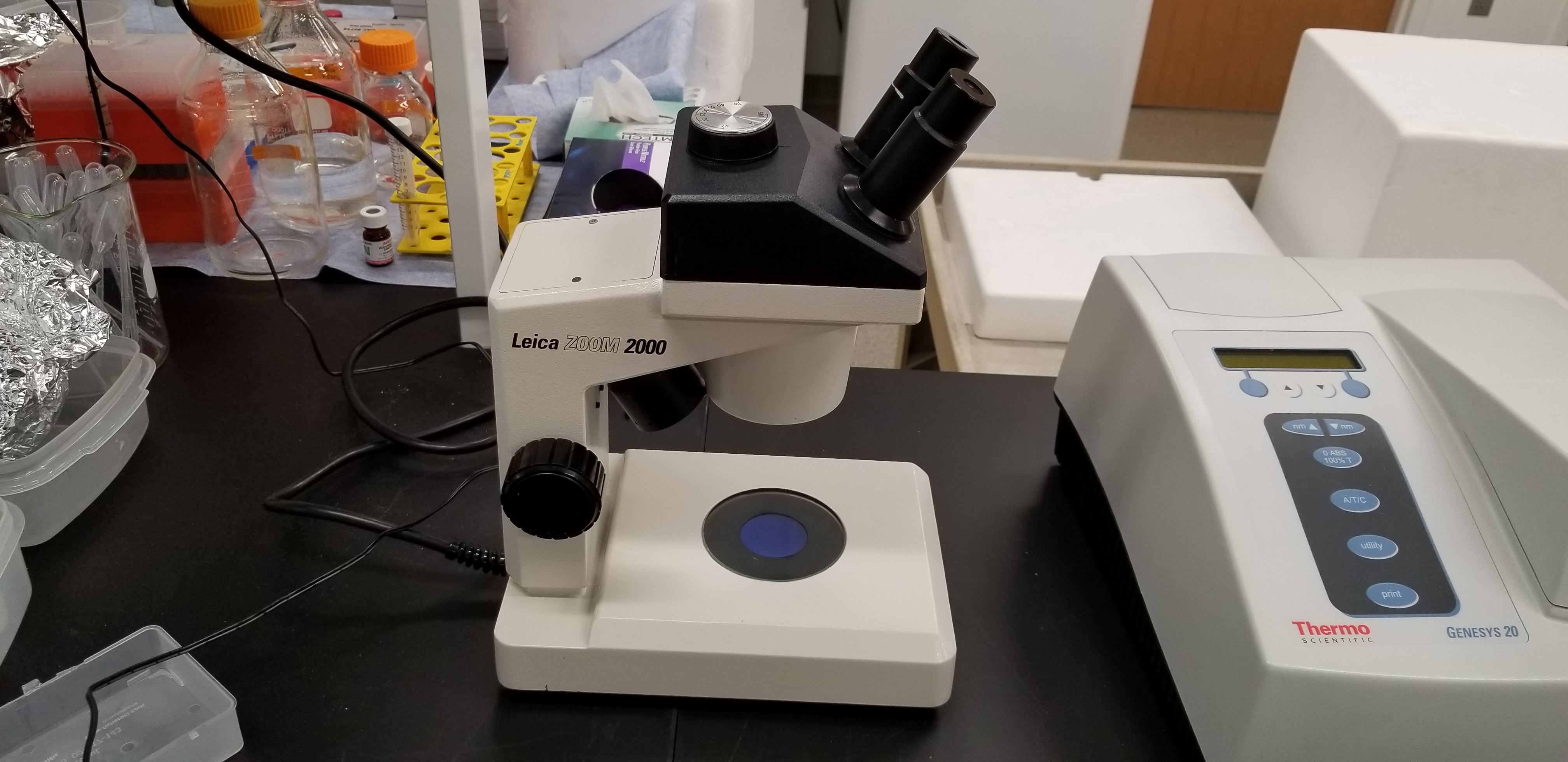
Leica Zoom 2000 Stereomicroscope
The Leica Zoom 2000 stereomicroscope combines high performance with flexible features to offer the optimal viewing experience. For education and observation, it delivers crystal clear optics with a wide range of magnification.
Contact: Dr. Nuran Ercal, nercal@mst.edu
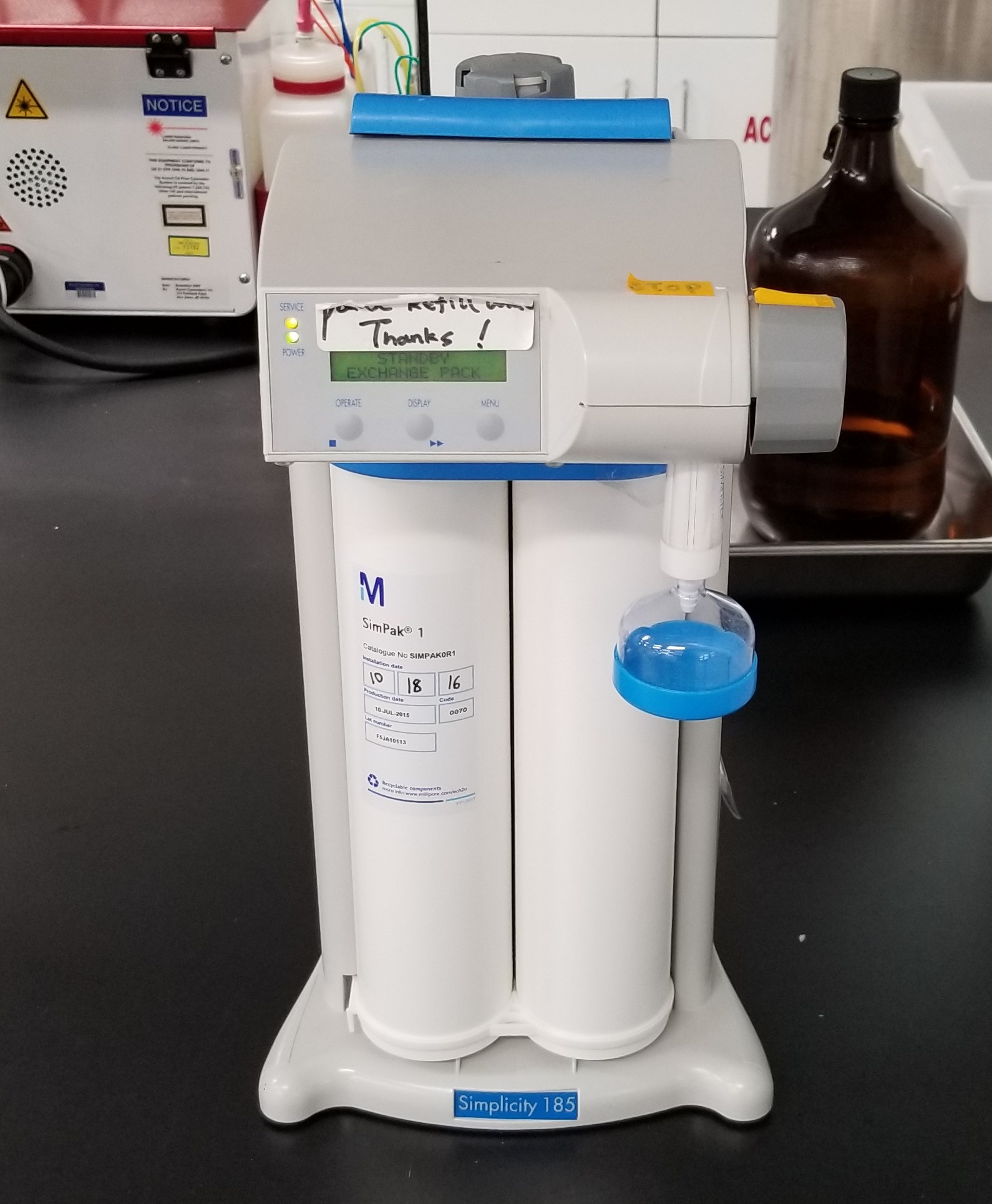
Instrument: Millipore Simplicity 185
Simplicity is a water purification system fed through an integrated vented storage reservoir. The system provides the final “polish” to remove any remaining contaminants in water pretreated by reverse osmosis, electrodeionization (Elix), distillation or deionization.
Contact: Dr. Nuran Ercal, nercal@mst.edu
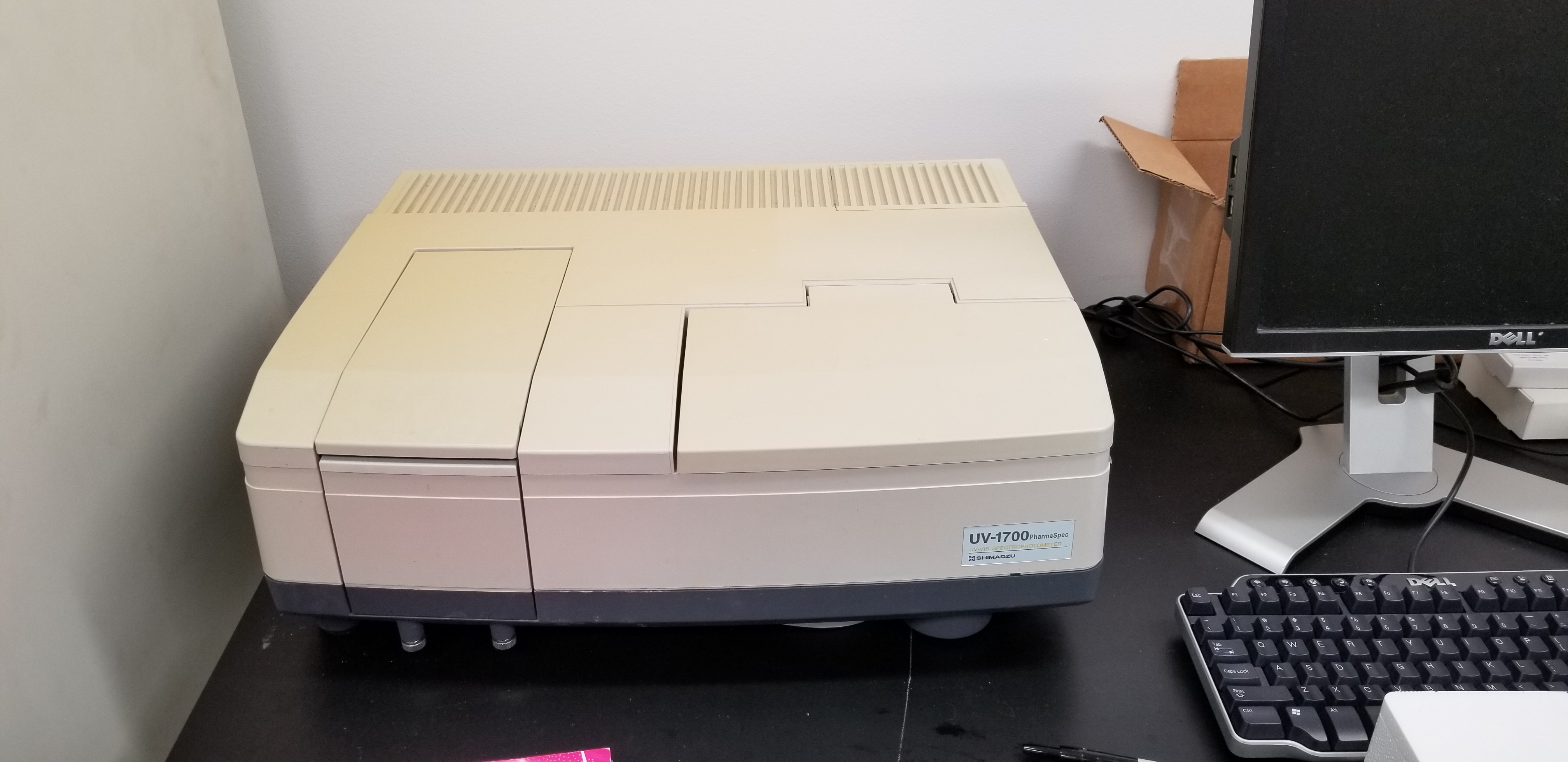
Shimadzu UV-1700
Contact: Dr. Nuran Ercal, nercal@mst.edu

Thermo Genesys 20 Spectrophotometer
Contact: Dr. Nuran Ercal, nercal@mst.edu
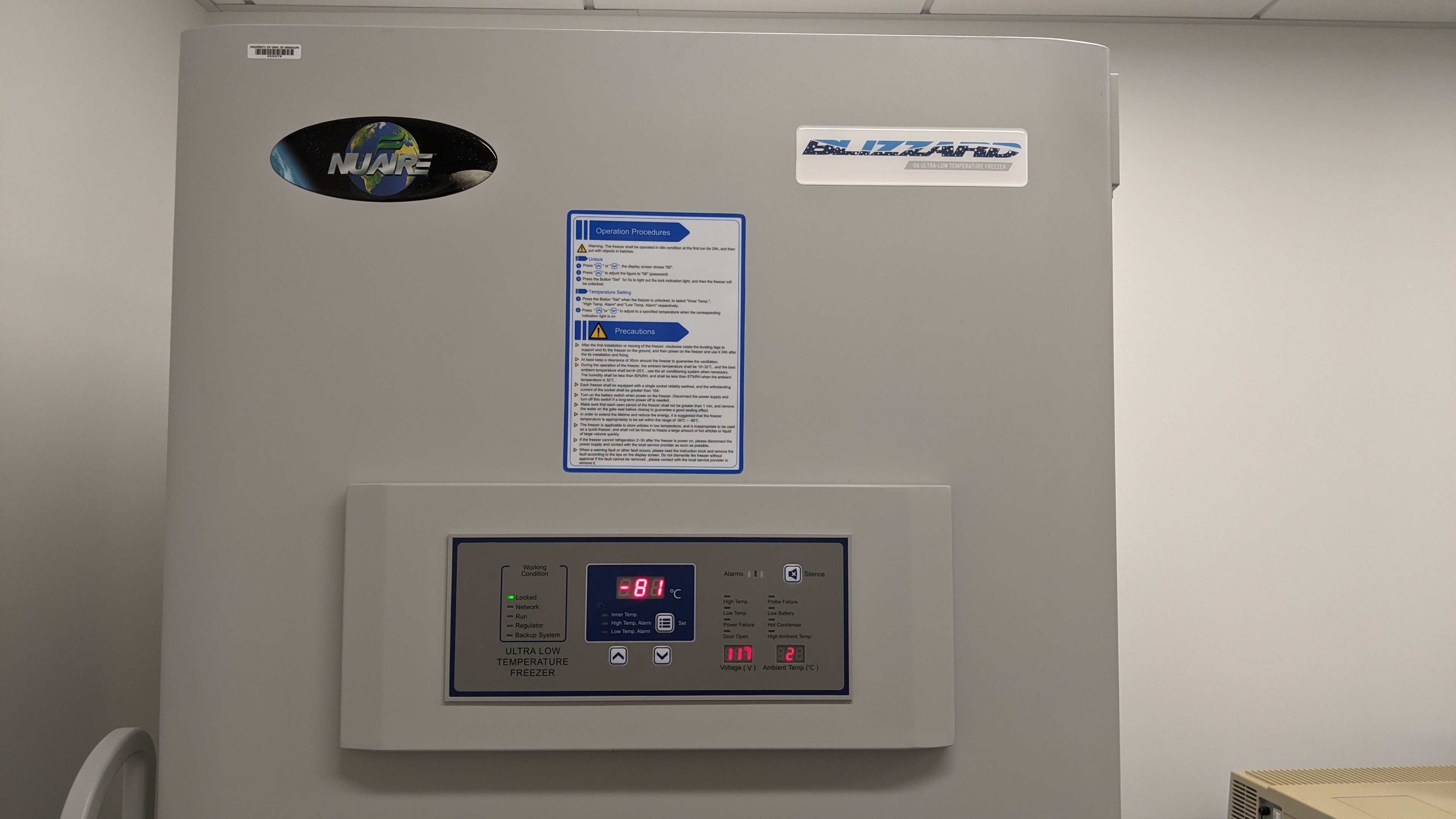
Instrument: NuAire NU-99578JGA
Contact: Dr. Nuran Ercal, nercal@mst.edu
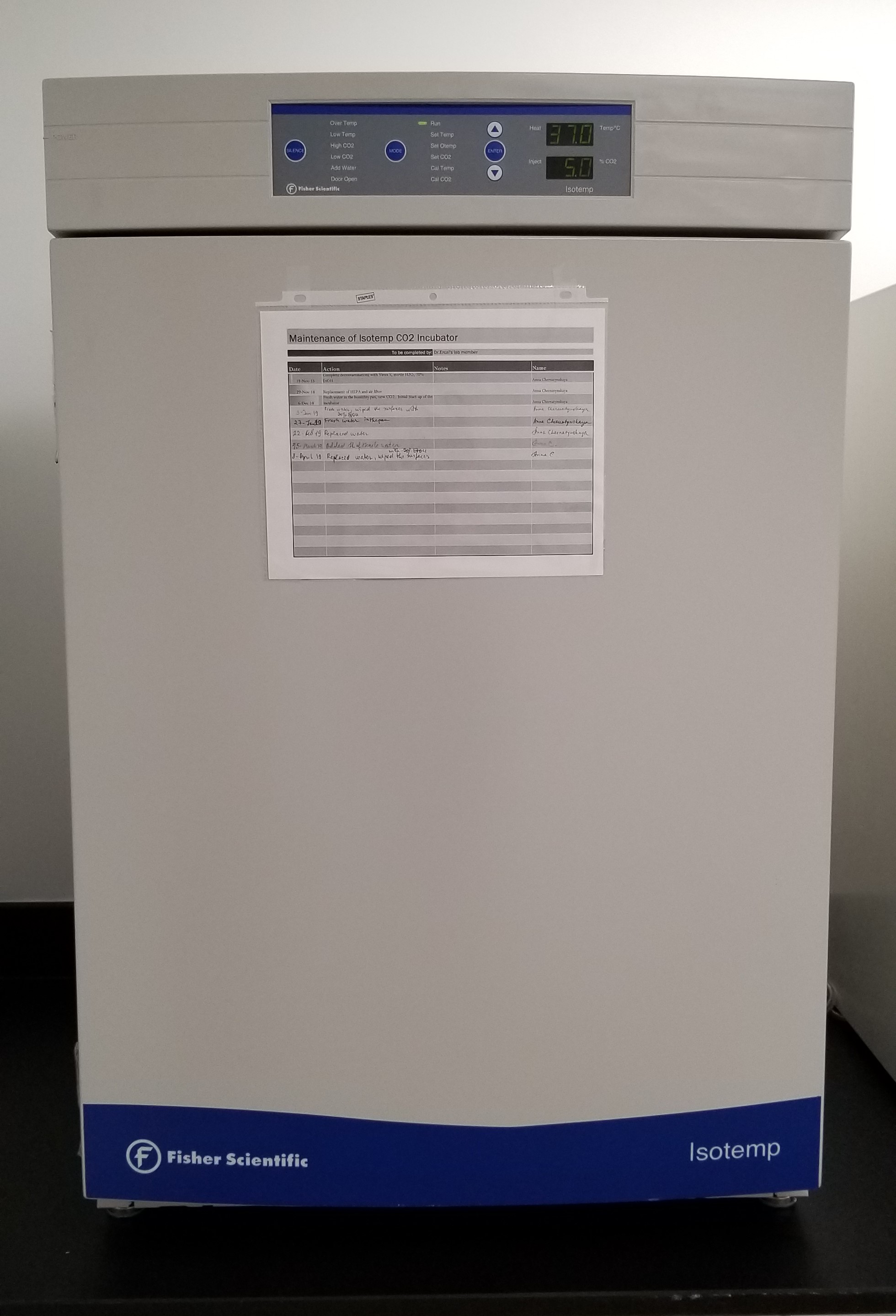
Fisher Isotemp 3530 Cell Culture Incubator
This instrument provides stable temperature, humidity and CO2 level for maximum cell growth. Low and high CO2 alarms, plus power interruption and temperature deviation alarms. Heavy-duty stainless-steel shelves support a full load of samples.
Contact: Dr. Nuran Ercal, nercal@mst.edu
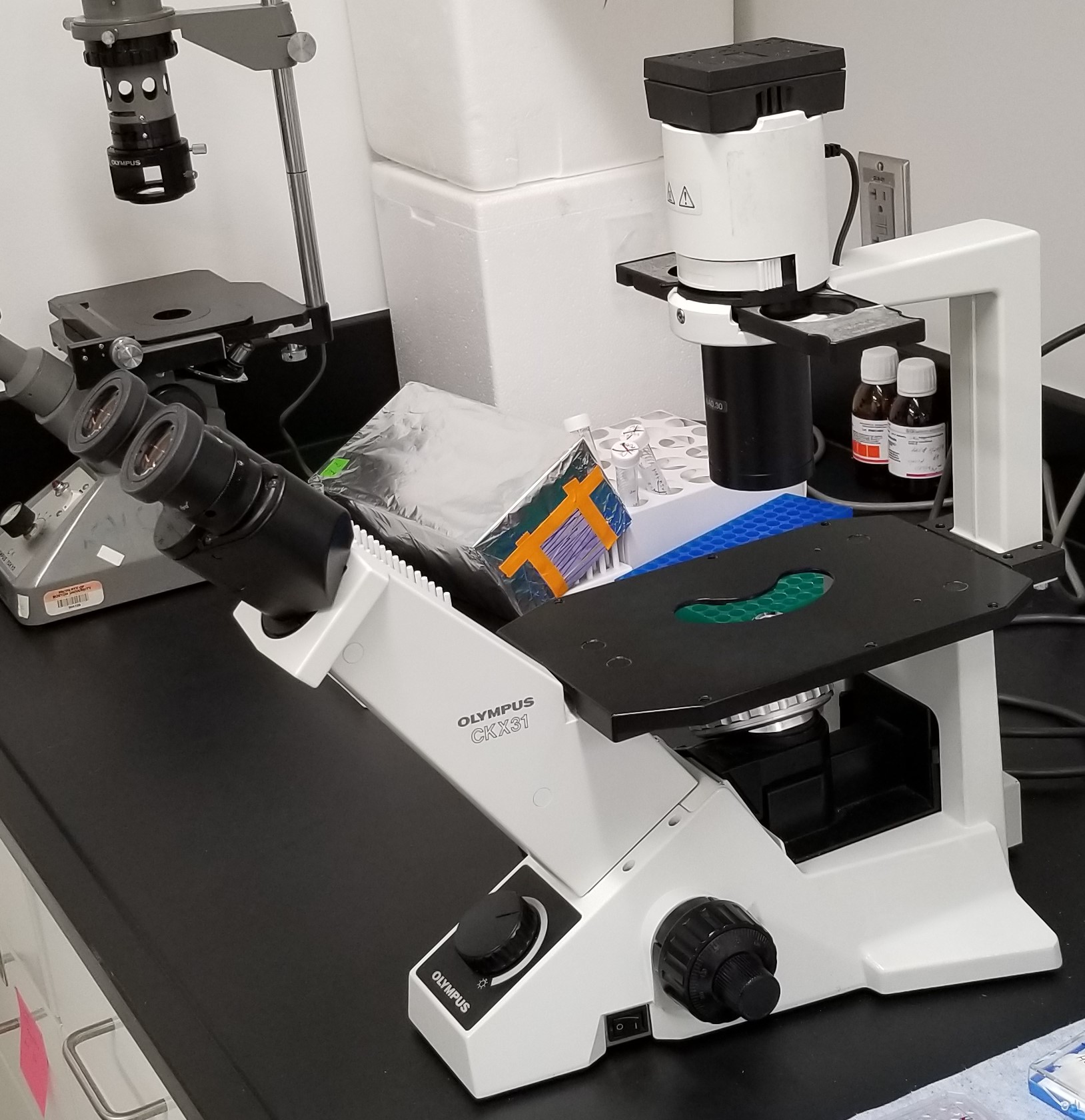
Olympus CKX31 Phase Contrast Microscope
The CKX31 is a low-cost inverted microscope with a fixed binocular observation tube that delivers high optical performance, convenient operation, and a small footprint. The UIS2 PlanCN objectives deliver plan correction over the complete field of view for efficient observation. Olympus relief contrast increases visibility with non-glass cell culture vessels and improves productivity with its pre-centered slider.
Contact: Dr. Nuran Ercal, nercal@mst.edu
Glaser Group Instruments
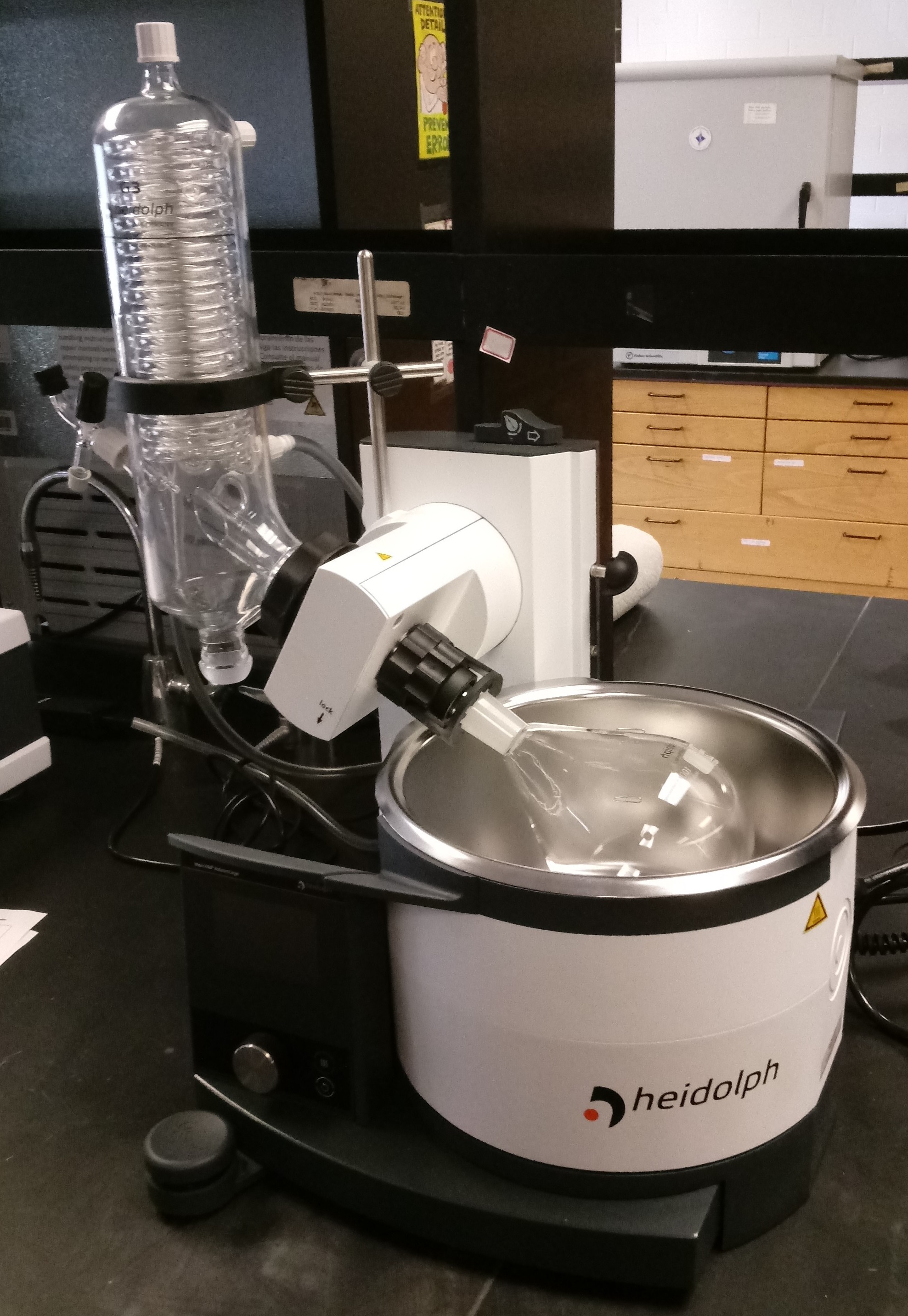
Heidolph Rotary Evaporator - Hei-Vap Advantage
This instrument utilizes an overheat protection design to prevent water baths from running dry. It also provides a panel that allows for use from outside closed fume hoods and offers a vacuum seal and vapor tube system.
Contact: Dr. Rainer Glaser, glaserr@mst.edu
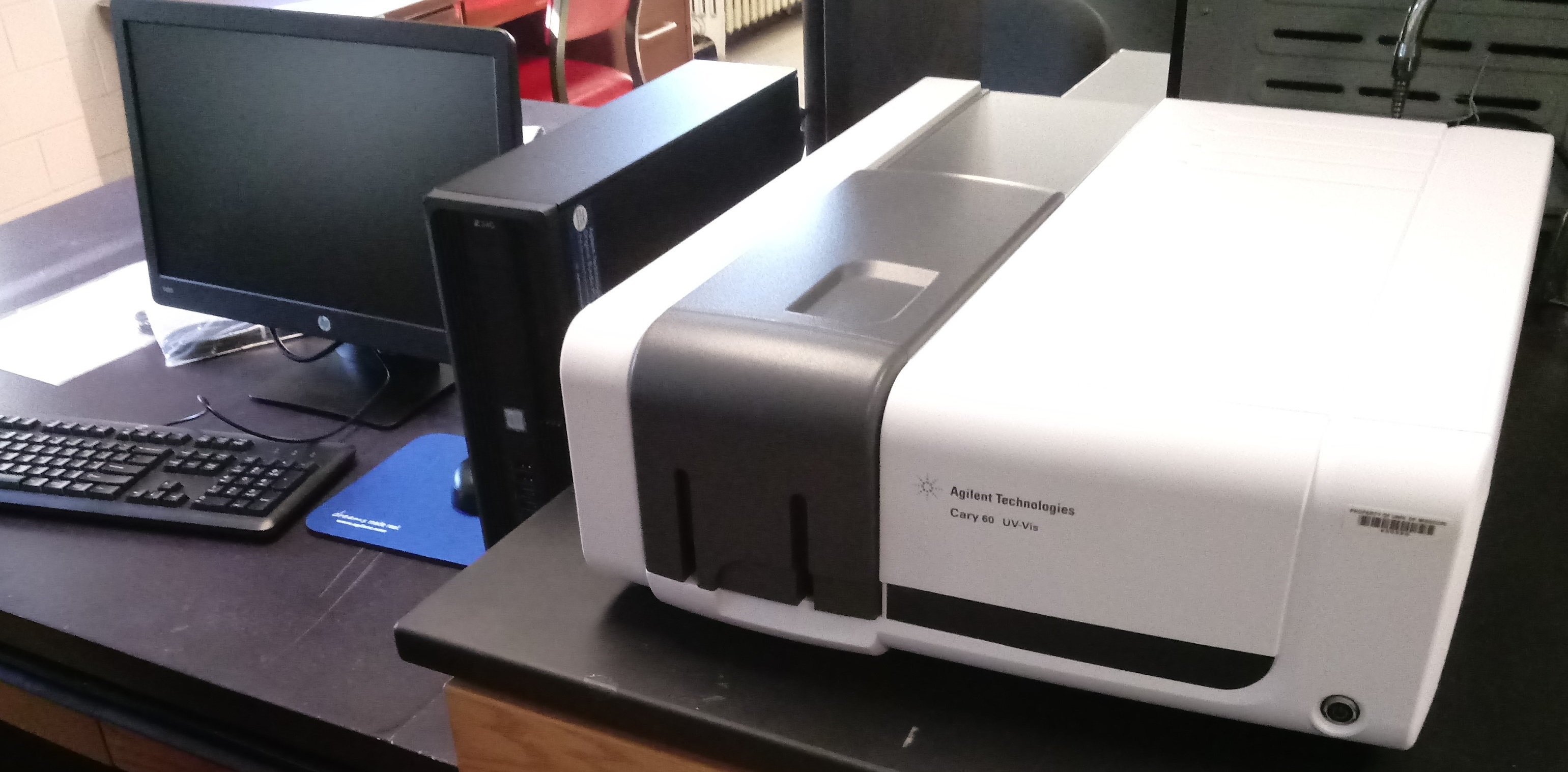
Agilent Cary 60 UV-Vis Spectrometer
This instrument is used to measure samples at one or more wavelengths, and allows for absorbance readings of samples using the Simple Read application. It can also be used to run a wavelength scan, run concentration experiments using the fiber optic dip probe accessory, and use the kinetics application to calculate reaction rates by absorbance versus time data.
Contact: Dr. Rainer Glaser, glaserr@mst.edu
Teaching Lab Instruments
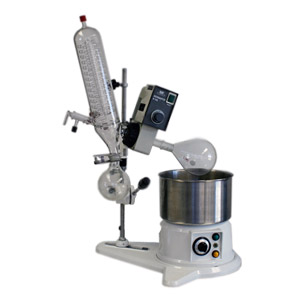
Instrument: Buchi Rotavapor R110
The Rotavapor R-100 is a rotary evaporator with the aid of which single-stage distillation can be carried out quickly without unduly stressing the product. The basis of the process is the evaporation and condensing of solvents using a rotating evaporating flask under vacuum. Distillation under vacuum increases capacity and is more gentle on the product.
Contact: Dr. Terry Bone, tbone@mst.edu
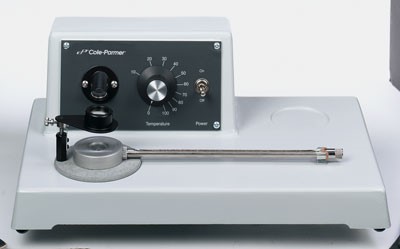
Fisher-Johns Melting Point Apparatus
Determine the melting point of solid chemical compounds without loading samples into fragile capillary tubes. Apparatus is simple to operate — a few crystals of sample are placed on an 18-mm cover glass; a second glass covers the sample. The cover glasses and sample are then placed on the heating stage. The melting point is reached when small drops of liquid appear on the cover glass.
Contact: Dr. Terry Bone, tbone@mst.edu
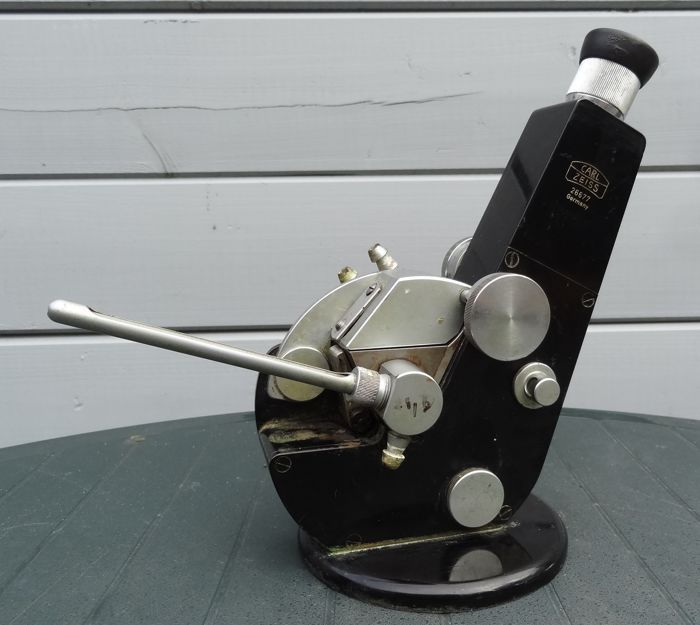
Carl Zeiss 51865 Abbe Refractometer
Contact: Dr. Terry Bone, tbone@mst.edu
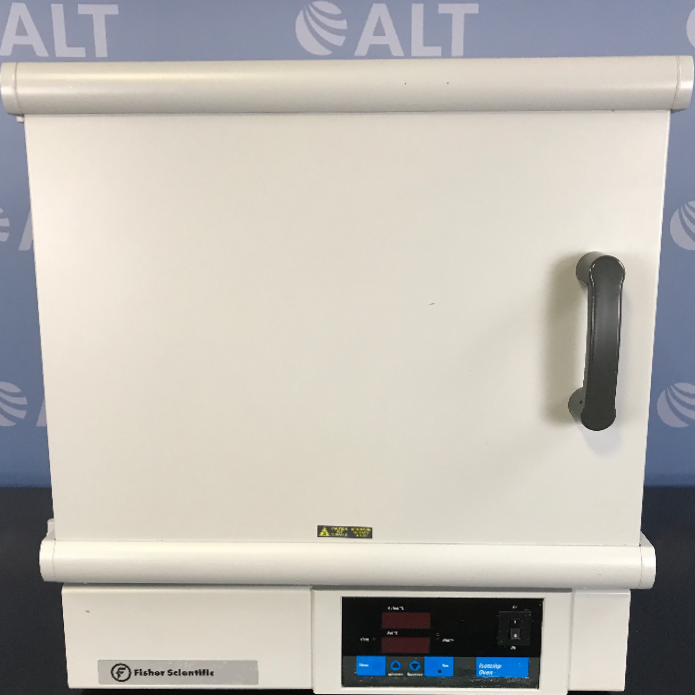
Fisher Isotemp Drying Oven 825F
This instrument provides accurate, efficient heating for routine lab procedures via gravity flow convection. Interior outlet for stirrer, shaker, or other instrument. Operating range from 50°C to 325°C with 1°C resolution and ±2°C temperature uniformity. Features microprocessor control and low-maintenance inner and outer doors.
Contact: Dr. Terry Bone, tbone@mst.edu
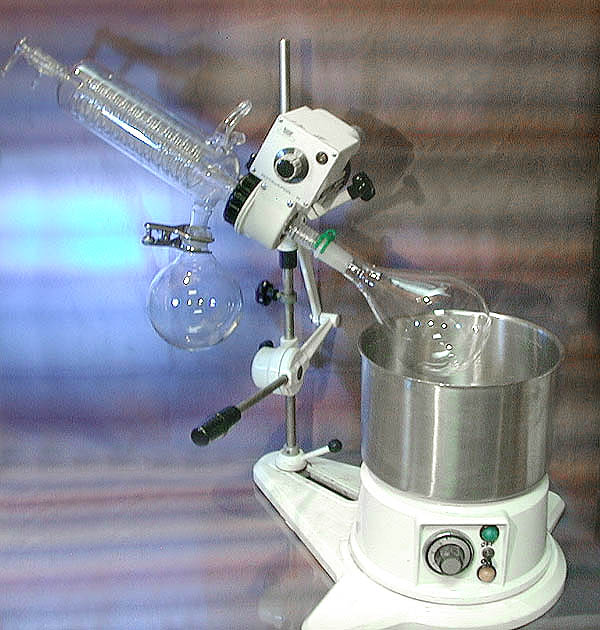
Buchi Rotavapor R
For small quantities the principle of rotary evaporation is the most widely used. The rotary evaporator separates materials gently, quickly and economically. Its rotating flask produces a very effective transfer of heat, whilst ensuring thorough mixing and avoiding local overheating of the contents.
Contact: Dr. Terry Bone, tbone@mst.edu
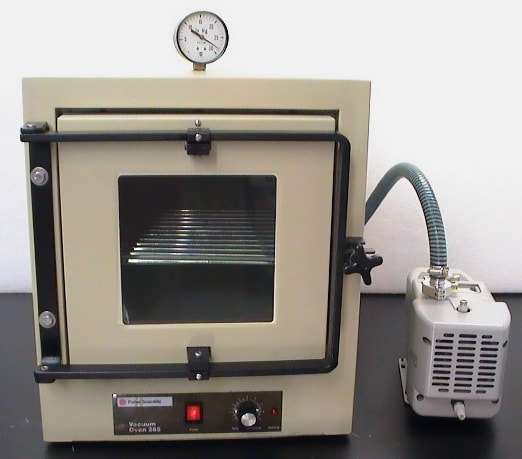
NAPCO 5851 Vacuum Oven
Contact: Dr. Terry Bone, tbone@mst.edu
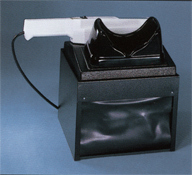
TLC Blacklight Viewing Chamber UVP C-10E4
Mini Chromato-Vue Viewing Cabinets provide a compact darkroom environment for viewing materials. All cabinets feature a contrast control filter that absorbs UV energy to protect the eyes. This specific model utilizes UVP Model UVGL-58 254/366 nm as a light source.
Contact: Dr. Terry Bone, tbone@mst.edu
